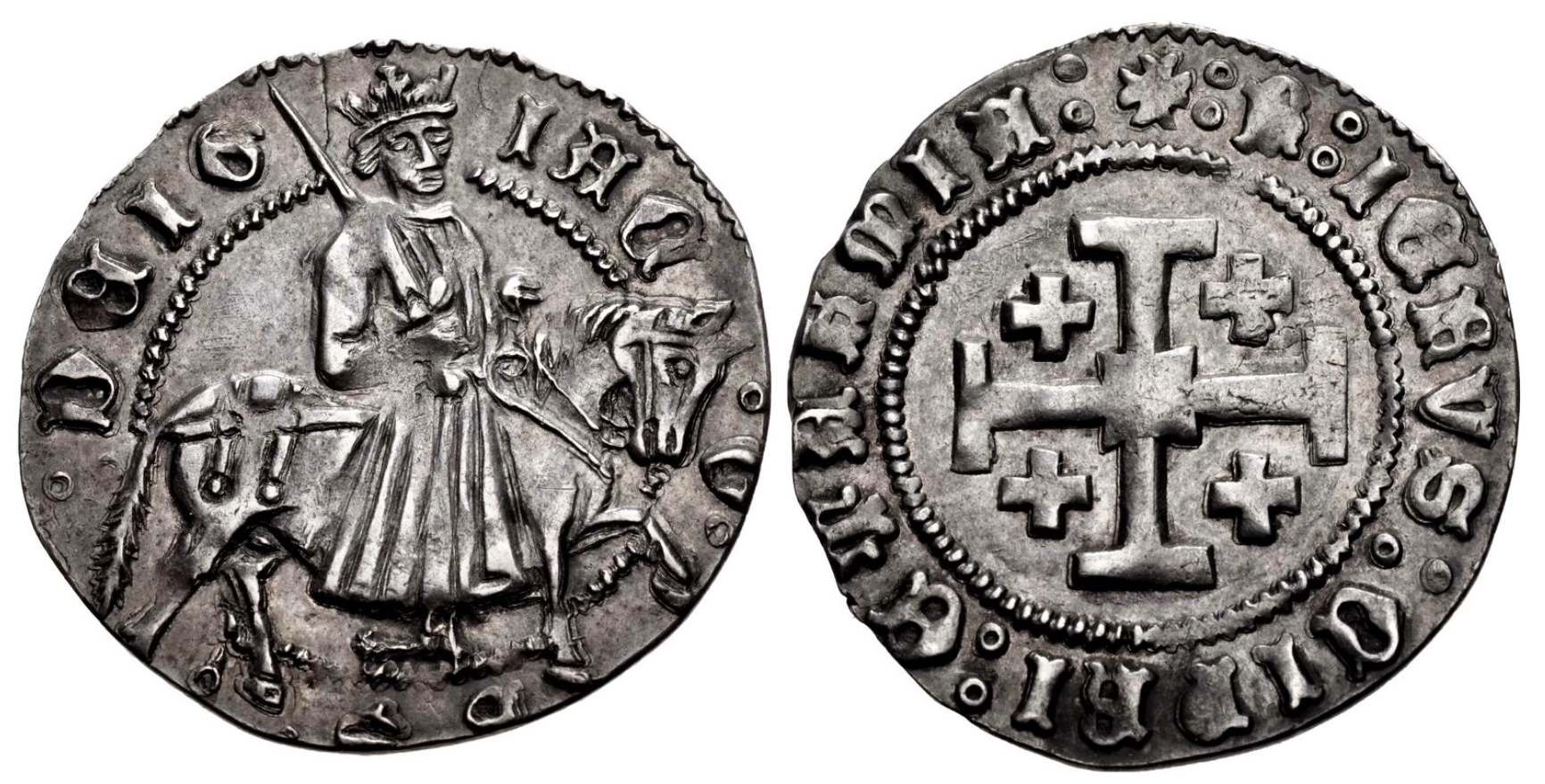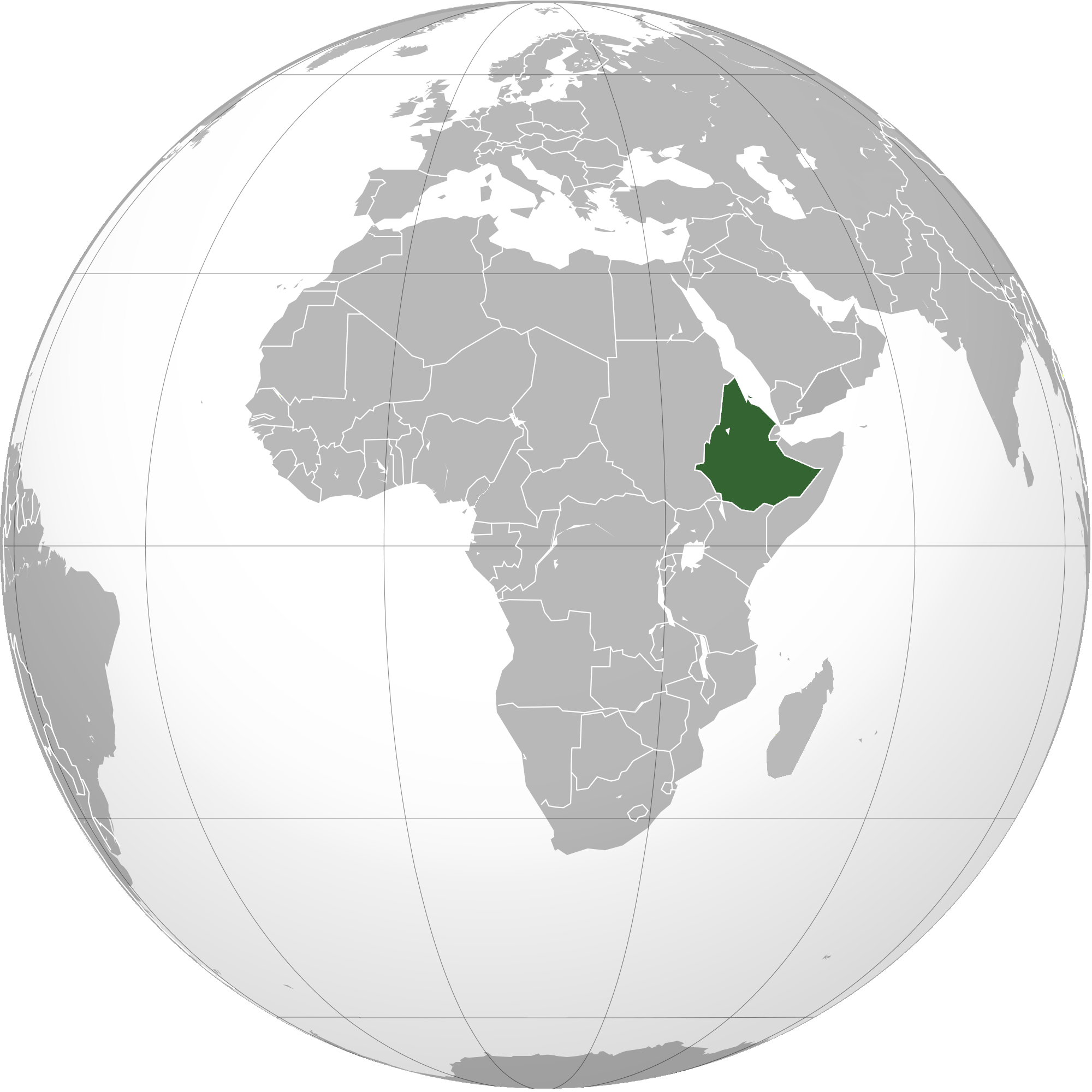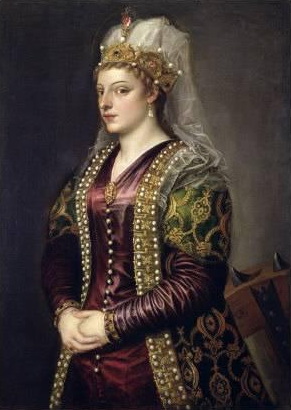|
1468
Year 1468 ( MCDLXVIII) was a leap year starting on Friday of the Julian calendar. Events January–December * June 30 – Catherine Cornaro is married by proxy to James II of Cyprus, beginning the Venetian conquest of Cyprus. * August 26 – Baeda Maryam succeeds his father Zara Yaqob, as Emperor of Ethiopia. * October 14 – The Treaty of Péronne is signed by Charles the Bold, Duke of Burgundy, and Louis XI of France. * October 30 – Troops of Charles the Bold conduct the Sack of Liège. Date unknown * The Lancastrians surrender Harlech Castle to King Edward IV of England after a seven-year siege. * The Great Council of the Republic of Venice attempts to curb the power of the Council of Ten through legislation restricting them to acting on emergency matters. * Orkney is pledged by Christian I, in his capacity as King of Norway, as security against the payment of the dowry of his daughter Margaret, betrothed to James III of Scotland. As th ... [...More Info...] [...Related Items...] OR: [Wikipedia] [Google] [Baidu] |
Charles I, Duke Of Burgundy
Charles Martin (10 November 1433 – 5 January 1477), called the Bold, was the last duke of Burgundy from the House of Valois-Burgundy, ruling from 1467 to 1477. He was the only surviving legitimate son of Philip the Good and his third wife, Isabella of Portugal. As heir and as ruler, Charles vied for power and influence with rivals such as his overlord, King Louis XI of France. In 1465 Charles led a successful revolt of Louis's vassals in the War of the Public Weal. After becoming the Duke of Burgundy in 1467, Charles pursued his ambitions for a kingdom, independent from France, that would stretch contiguously from the North Sea in the north to the borders of Savoy in the south. For this purpose, he acquired Guelders and Upper Alsace; sought the title King of the Romans; and gradually became an enemy of the Germans. Charles married Margaret of York for an English alliance. He arranged the betrothal between his sole child, Mary, with Maximilian of Austria. A passionate music ... [...More Info...] [...Related Items...] OR: [Wikipedia] [Google] [Baidu] |
Charles The Bold
Charles Martin (10 November 1433 – 5 January 1477), called the Bold, was the last duke of Burgundy from the House of Valois-Burgundy, ruling from 1467 to 1477. He was the only surviving legitimate son of Philip the Good and his third wife, Isabella of Portugal. As heir and as ruler, Charles vied for power and influence with rivals such as his overlord, King Louis XI of France. In 1465 Charles led a successful revolt of Louis's vassals in the War of the Public Weal. After becoming the Duke of Burgundy in 1467, Charles pursued his ambitions for a kingdom, independent from France, that would stretch contiguously from the North Sea in the north to the borders of Savoy in the south. For this purpose, he acquired Guelders and Upper Alsace; sought the title King of the Romans; and gradually became an enemy of the Germans. Charles married Margaret of York for an English alliance. He arranged the betrothal between his sole child, Mary, with Maximilian of Austria. A passiona ... [...More Info...] [...Related Items...] OR: [Wikipedia] [Google] [Baidu] |
Treaty Of Péronne (1468)
The Treaty of Péronne was signed in Péronne, Somme, Péronne (in the county of Vermandois, a then Burgundian territory) on October 14, 1468, between Charles I, Duke of Burgundy, Charles the Bold, Duke of Burgundy and Louis XI of France. Based on the terms of the treaty, Charles especially acquired the England, English claimed county of Ponthieu. On the Burgundian side the accord was discussed by Charles, mainly assisted by his long-time favorite Guillaume de Bische and his councillor Ferry de Clugny ; on the French side it was negotiated by the king Louis himself and the Cardinal de la Balue. See also *List of treaties External linksRichard III Society - The Cely Papers 1468 in Europe 1460s in France 1460s treaties Treaties of the Kingdom of France, Peronne (1468) {{Treaty-stub ... [...More Info...] [...Related Items...] OR: [Wikipedia] [Google] [Baidu] |
Baeda Maryam Of Ethiopia
Baeda Maryam I (; Bäˀəda Maryam, meaning "He who is in the hand of Mary"; 1448 – 8 November 1478), otherwise known as Cyriacus was Emperor of Ethiopia from 1468 to 1478, and a member of the Solomonic dynasty. His reign was characterized by a number of military campaigns, most notably against the Dobe'a who lived along the western escarpment of the Ethiopian Highlands. Early years Born at Debre Berhan, he was the son of Zara Yaqob by Seyon Mogesa. Towards the end of Zara Yaqob's life, the Emperor became increasingly convinced that members of his family were plotting against him, and had several of them beaten. Baeda Maryam I's mother died from this mistreatment in 1462, and Baeda Maryam I buried her in secret in the church of Maqdesa Maryam, near Debre Berhan, and donated incense and other gifts to support the church. Zara Yaqob then directed his anger at Baeda Maryam I, until members of the Ethiopian Orthodox Church repaired the rift between the two, and Zara Yaqob public ... [...More Info...] [...Related Items...] OR: [Wikipedia] [Google] [Baidu] |
Harlech Castle
Harlech Castle (; ) in Harlech, Gwynedd, Wales, is a Grade I listed medieval fortification built onto a rocky knoll close to the Irish Sea. It was built by Edward I during his invasion of Wales between 1282 and 1289 at the relatively modest cost of £8,190. Over the next few centuries, the castle played an important part in several wars, withstanding the siege of Madog ap Llywelyn between 1294 and 1295, but falling to Prince Owain Glyndŵr in 1404. It then became Glyndŵr's residence and military headquarters for the remainder of the uprising until being recaptured by English forces in 1409. During the 15th-century Wars of the Roses, Harlech was held by the Lancastrians for seven years, before Yorkist troops forced its surrender in 1468, a siege memorialised in the song " Men of Harlech". Following the outbreak of the English Civil War in 1642, the castle was held by forces loyal to Charles I, holding out until 1647 when it became the last fortification to surrender to t ... [...More Info...] [...Related Items...] OR: [Wikipedia] [Google] [Baidu] |
Catherine Cornaro
Catherine Cornaro (; or ; ; 25 November 1454 – 10 July 1510) was the last monarch of the Kingdom of Cyprus, also holding the titles of Queen of Jerusalem and Queen of Armenia. She became queen consort of Cyprus by marriage to James II of Cyprus, and then regent of Cyprus during the minority of her son James III of Cyprus in 1473–1474, and finally queen regnant of Cyprus upon his death. She reigned from 26 August 1474 to 26 February 1489 and was declared a "Daughter of Saint Mark" in order that the Republic of Venice could claim control of Cyprus after the death of her husband. Life Catherine (also known as Caterina) was a daughter of Venetian Marco Cornaro, Cavaliere del Sacro Romano Impero (Knight of the Holy Roman Empire) and . She was the younger sister of the ''Nobil Huomo'' Giorgio Cornaro (1452 – 31 July 1527), "Padre della Patria" and Knight of the Holy Roman Empire.Caterina's mother was of Greek descent. The Cornaro family had produced four Doges. Her fam ... [...More Info...] [...Related Items...] OR: [Wikipedia] [Google] [Baidu] |
James II Of Cyprus
James II (; /1439 or 1440 – 10 July 1473) was the penultimate King of Cyprus (usurper), reigning from 1460/1464 until his death. Archbishop of Nicosia James was born in Nicosia as the illegitimate son of John II of Cyprus and Marietta de Patras. He was a great favourite of his father, and in 1456, at the age of 16, he was appointed to the archbishopric of Nicosia. After murdering Iacopo Urri, the royal chamberlain, on 1 April 1457, he was deprived of the archbishopric and fled to Rhodes on a ship of the Catalan Juan Tafures. He was pardoned by his father, and the archbishopric was returned to him. King of Cyprus In 1458, his father died and his half-sister Charlotte became Queen of Cyprus. Then in 1460, with support from the Egyptian Mamluk sultan Sayf ad-Din Inal, James challenged her right to the throne, blockading her and her husband, Louis of Savoy, in the castle of Kyrenia for three years. Charlotte fled to Rome in 1463. With the fall of Kyrenia before the ... [...More Info...] [...Related Items...] OR: [Wikipedia] [Google] [Baidu] |
Orkney
Orkney (), also known as the Orkney Islands, is an archipelago off the north coast of mainland Scotland. The plural name the Orkneys is also sometimes used, but locals now consider it outdated. Part of the Northern Isles along with Shetland, Orkney is 10 miles (16 km) north of Caithness and has about 70 islands, of which 20 are inhabited.Haswell-Smith (2004) pp. 336–403. The largest island, the Mainland, Orkney, Mainland, has an area of , making it the List of islands of Scotland, sixth-largest Scottish island and the List of islands of the British Isles, tenth-largest island in the British Isles. Orkney's largest settlement, and also its administrative centre, is Kirkwall. Orkney is one of the 32 Subdivisions of Scotland, council areas of Scotland, as well as a Orkney (Scottish Parliament constituency), constituency of the Scottish Parliament, a Lieutenancy areas of Scotland, lieutenancy area, and an counties of Scotland, historic county. The local council is Orkney I ... [...More Info...] [...Related Items...] OR: [Wikipedia] [Google] [Baidu] |
Songhai Empire
The Songhai Empire was a state located in the western part of the Sahel during the 15th and 16th centuries. At its peak, it was one of the largest African empires in history. The state is known by its historiographical name, derived from its largest ethnic group and ruling elite, the Songhai people. Sonni Ali established Gao as the empire's capital, although a Songhai state had existed in and around Gao since the 11th century. Other important cities in the kingdom were Timbuktu and Djenné, where urban-centred trade flourished; they were conquered in 1468 and 1475, respectively. Initially, the Songhai Empire was ruled by the Sonni dynasty (–1493), but it was later replaced by the Askia dynasty (1493–1591). During the second half of the 13th century, Gao and the surrounding region had grown into an important trading center and attracted the interest of the expanding Mali Empire. Mali conquered Gao near the end of the 13th century. Gao remained under Malian command until the la ... [...More Info...] [...Related Items...] OR: [Wikipedia] [Google] [Baidu] |
Ethiopian Empire
The Ethiopian Empire, historically known as Abyssinia or simply Ethiopia, was a sovereign state that encompassed the present-day territories of Ethiopia and Eritrea. It existed from the establishment of the Solomonic dynasty by Yekuno Amlak around 1270 until the 1974 Ethiopian coup d'état, 1974 coup d'état by the Derg, which ended the reign of the final Emperor, Haile Selassie. In the late 19th century, under Emperor Menelik II, the Menelik II's conquests, empire expanded significantly to the south, and in 1952, Federation of Ethiopia and Eritrea, Eritrea was federated under Selassie's rule. Despite being surrounded by hostile forces throughout much of its history, the empire maintained a kingdom centered on its Orthodox Tewahedo, ancient Christian heritage. Founded in 1270 by Yekuno Amlak, who claimed to descend from the last Kingdom of Aksum, Aksumite king and ultimately King Solomon and the Queen of Sheba, it replaced the Agaw people, Agaw Zagwe Kingdom, kingdom of the Za ... [...More Info...] [...Related Items...] OR: [Wikipedia] [Google] [Baidu] |
Venetian Cyprus
The island of Cyprus was a overseas possession of the Venetian from 1489, when the independent Kingdom of Cyprus ended, until 1571, when the island was conquered by the Ottoman. History Acquisition Venice had sought control of Cyprus for centuries, and Venetian merchants were active on the island beginning around 1000 AD, when Venetian commercial and military expansion in the eastern Mediterranean began. In 1468, James II of Cyprus of the House of Lusignan became King of Cyprus. In 1468, he chose Catherine Cornaro (born in Venice from the noble Corner family) as his wife and Queen consort of Cyprus. This choice greatly pleased the Republic of Venice, as it could henceforth secure Venice's commercial rights and other privileges in Cyprus. They married by proxy in Venice on July 30, 1468, when she was 14 years old. James died shortly after the wedding from a sudden illness, and, according to his will, Caterina, who was pregnant at the time, acted as regent. She became mon ... [...More Info...] [...Related Items...] OR: [Wikipedia] [Google] [Baidu] |
James III Of Scotland
James III (10 July 1451/May 1452 – 11 June 1488) was King of Scots from 1460 until his death at the Battle of Sauchieburn in 1488. He inherited the throne as a child following the death of his father, King James II, at the siege of Roxburgh Castle. James III's reign began with a minority that lasted almost a decade, during which Scotland was governed by a series of regents and factions who struggled for possession of the young king before his personal rule began in 1469. James III was an unpopular and ineffective king and was confronted with two major rebellions during his reign. He was much criticised by contemporaries and later chroniclers for his promotion of unrealistic schemes to invade or take possession of Brittany, Guelders and Saintonge at the expense of his regular duties as king. While his reign saw Scotland reach its greatest territorial extent with the acquisition of Orkney and Shetland through his marriage to Margaret of Denmark, James was accused of debas ... [...More Info...] [...Related Items...] OR: [Wikipedia] [Google] [Baidu] |








